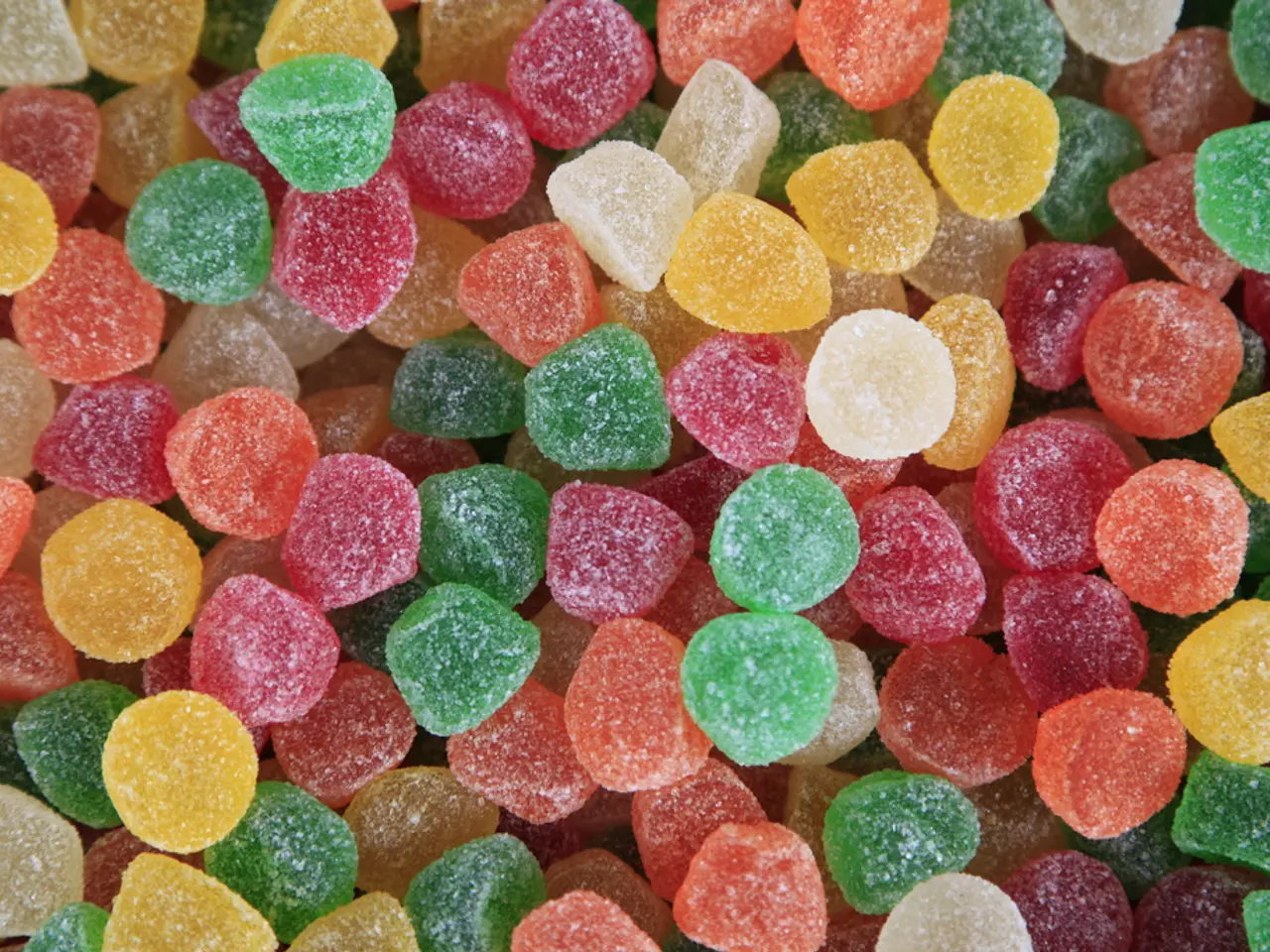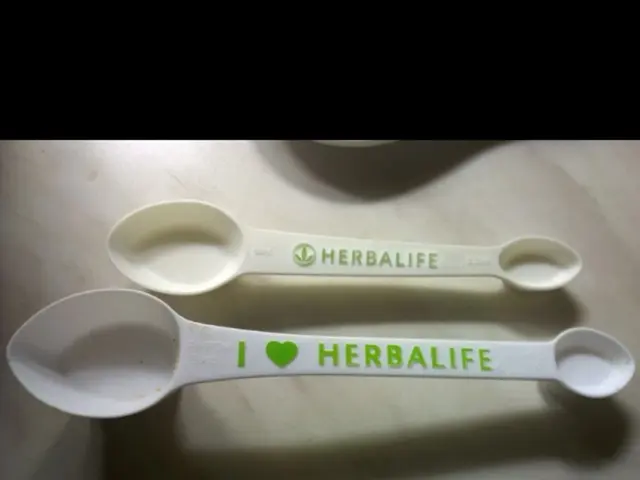Artificial Sweetener Splenda: Safety Concerns Explored
Splenda, gets its sweetness from sucralose, a chlorinated artificial sugar, and it's the brand name for this sugar substitute. This zero-calorie sweetener is quite popular among those looking for low-calorie alternatives to their beloved treats.
Now, let's dive into what this sweet stuff is, how it works, and some insights about its comparison with stevia, another popular sugar alternative.
The Scoop on Splenda
Splenda is a sweetener like no other. It's made by replacing certain sugar atoms with chlorine atoms, giving it a sweetness of around 600 times that of regular sugar. To make it even more palatable, they combine it with other digestible sweeteners like maltodextrin.
Usage Galore
Splenda is a versatile sweetener used in a variety of foods, from your morning coffee to sugar-free beverages. Despite some artificial sweeteners losing their sweetness when heated, Splenda remains stable up to 450°F (232°C), making it perfect for brewing teas and baking goodies. However, be aware that artificial sweeteners don't work the same way as plain old sugar, so you might experience some differences in baking results.
A-okay from the FDA
Sucralose has earned the nod from the FDA, joining the big boys like aspartame, advantame, neotame, saccharin, and acesulfame potassium.
Health and Safety Check
Artificial sweeteners like Splenda undergo rigorous regulation and are frequently studied for any potential side effects. Currently, there's no solid evidence suggesting that FDA-approved sweeteners, when consumed in moderation, pose any significant health risks.
That being said, a 2024 review revealed some preliminary findings linking sucralose consumption to gut microbiota disruption, inflammatory responses, and taste receptor adaptations in small animal studies. But before you panic, it's important to note that these findings have yet to be verified in controlled human studies. And even the review's authors acknowledged the poor quality of many included studies.
Splenda vs. Stevia: A Sweet Brawl
Stevia, another popular sweetener, has gained momentum lately. Unlike Splenda, stevia is derived from the Stevia rebaudiana plant.
Stevia's sweetness comes from steviol glycosides, a natural compound. Like Splenda, steviol glycosides have no nutritional value.
A Taste Comparison
In terms of sweetness intensity, sucralose is about 600 times sweeter than sugar, and stevia is around 200-300 times sweeter. This means you'll need fewer Splenda packets initially to tickle your sweet tooth, though high-intensity sweeteners may change how your brain responds to sweet tastes over time, according to some limited animal studies. But these findings still need to be confirmed in human studies.
Safety First
Extracts of stevia have been recognized as safe by the FDA, typically marketed as "stevia." Consuming too much of certain types of artificial sweeteners may lead to side effects like diarrhea, bloating, gas, or a laxative effect in some people. Allergic reactions are also possible, so keep an eye on any changes in your body. If you experience an adverse side effect, don't hesitate to consult a doctor.
Wrapping Up
Splenda and Stevia, two popular sweeteners, each have their strengths and weaknesses. Choose what suits your tastes, preferences, and dietary needs best. With both offering zero calories and minimal impact on blood sugar, you can indulge in those sweet treats without the guilt!
Splenda, a chlorinated artificial sugar, is 600 times sweeter than regular sugar and is combined with maltodextrin for better palatability. It is used in various foods and remains stable up to 450°F (232°C), making it suitable for brewing tea and baking. FDA-approved, Splenda joins the ranks of other artificial sweeteners.
Health and safety checks reveal that artificial sweeteners, when consumed in moderation, pose no significant health risks, although some studies suggest links between sucralose consumption and gut microbiota disruption, inflammatory responses, and taste receptor adaptations. However, these findings require more controlled human studies for verification.
Stevia, another popular sweetener, is derived from the Stevia rebaudiana plant and is 200-300 times sweeter than sugar. Both sweeteners have no nutritional value and may impact taste perception differently over time, according to some animal studies.
In terms of safety, consuming too much of certain types of artificial sweeteners may lead to side effects like diarrhea, bloating, gas, or a laxative effect in some people. Allergic reactions are possible with both sweeteners, so monitoring any changes in one's body is essential.
Choosing between Splenda and Stevia ultimately depends on taste preferences, dietary needs, and the results of ongoing research in the field of health and wellness, fitness and exercise, nutrition, cooking, lifestyle, food and drink, and healthy cooking. Both sweeteners provide zero calories and minimal impact on blood sugar, allowing for indulgence without guilt.






